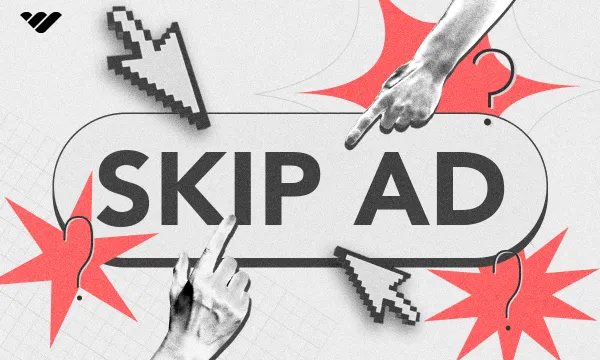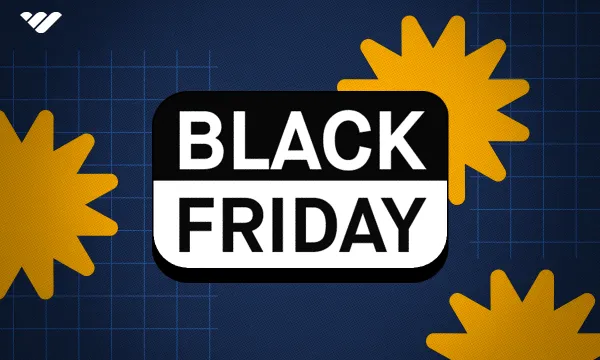In the mid-2000s, as internet speeds improved and video streaming became more common, advertisers saw an opportunity. They could now reach audiences in a way that combined the familiarity of TV commercials with the targeting capabilities of digital advertising. And boom—pre-roll ads were born.
Pre-roll ads are short video commercials that play right before the main content on streaming platforms, websites, and mobile apps. This is great news for advertisers because it allows them to capture viewers' attention when they’re most engaged, those crucial moments before their desired content begins.
Digital video ad spending will likely hit a whopping $191 billion in 2024, and it looks like pre-roll ads are riding this money wave. Want to get in on the action? Let’s learn more about pre-roll ads and what makes this format tick.
What are pre-roll ads?
Pre-roll ads are short video advertisements that play before the main content a viewer has chosen to watch. These ads, which play on platforms like YouTube, streaming services, and news websites, have become a ubiquitous part of the online video experience. The term "pre-roll" comes from the ad's placement—it rolls before the primary content. As people started watching more stuff online instead of on regular TV, advertisers had to change things up to reach viewers in this new digital world. Pre-rolls are the way to do that.
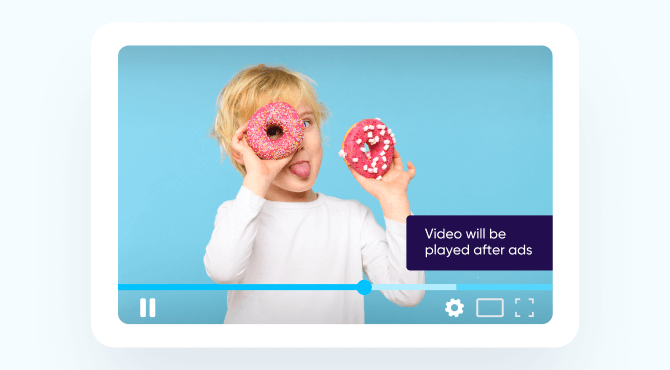
Why do pre-roll ads work? Simply because viewers are often willing to sit through a short ad to access the content they want to watch. The format also allows advertisers to target more precisely than traditional TV ads, as platforms like YouTube, Hulu, etc can use data to match ads with viewer interests and demographics.
Curious how this plays out? Imagine you're in your 20s and you've been binge-watching travel vlogs about backpacking through Europe. The ad system might pick up on this and show you ads for budget airlines, youth hostels, or even a sturdy backpack. Meanwhile, your parents watching the same travel videos might see ads for luxury cruises or guided tours instead.
How pre-roll ads work
Picture this: You click play on a video, and suddenly, there's a short ad. That's a pre-roll ad in action. These clever little marketing tools are designed to catch your attention before the main video starts.
Most pre-rolls are about 15 to 30 seconds long, though you may see super-short 5-second ones or the occasional longer version. They're usually designed to match the video you're about to watch in terms of quality and size so the transition feels smooth.
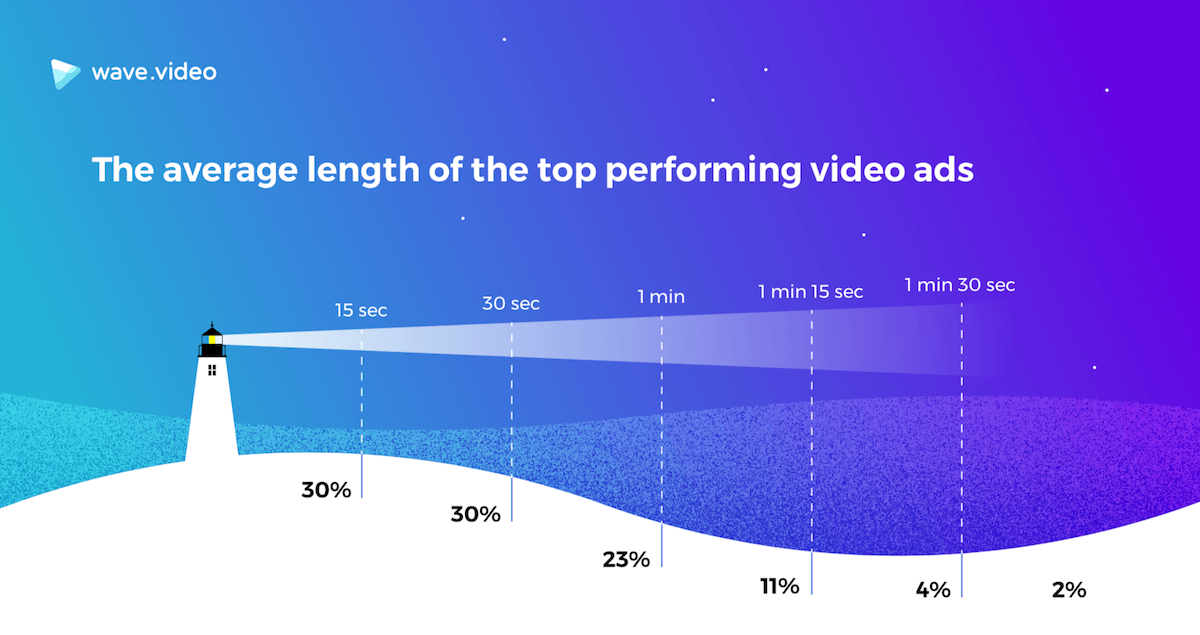
Major video platforms like YouTube, Hulu, and social media sites use pre-roll ads. These are served through sophisticated ad tech stacks, including demand-side platforms (DSPs), supply-side platforms (SSPs), and programmatic advertising exchanges. In other words, some pretty fancy tech is used to figure out which ad to show you. It's like a high-speed auction happening in the blink of an eye. Now, here's where it gets interesting. These ads aren't shown to everyone. They're often targeted based on your age, where you live, what you've been watching, or even the type of video you're about to see. It's all about showing you ads that you might actually be interested in.
As a viewer, you've probably noticed that little countdown in the corner, ticking away until your video starts. Some platforms even let you skip the ad after a few seconds—a little compromise between keeping advertisers happy and not annoying viewers too much.
Types of pre-roll ads
Now that you know what pre-rolls are, let’s look at the various types of pre-roll ad formats you can consider using to promote your brand.
Skippable vs non-skippable ads
Skippable ads allow viewers to skip the ad after a few seconds, typically 5-6. This format respects user choice and can lead to higher engagement for those who choose to watch. Non-skippable ads, as the name suggests, can't be skipped—you have to watch them all the way through.
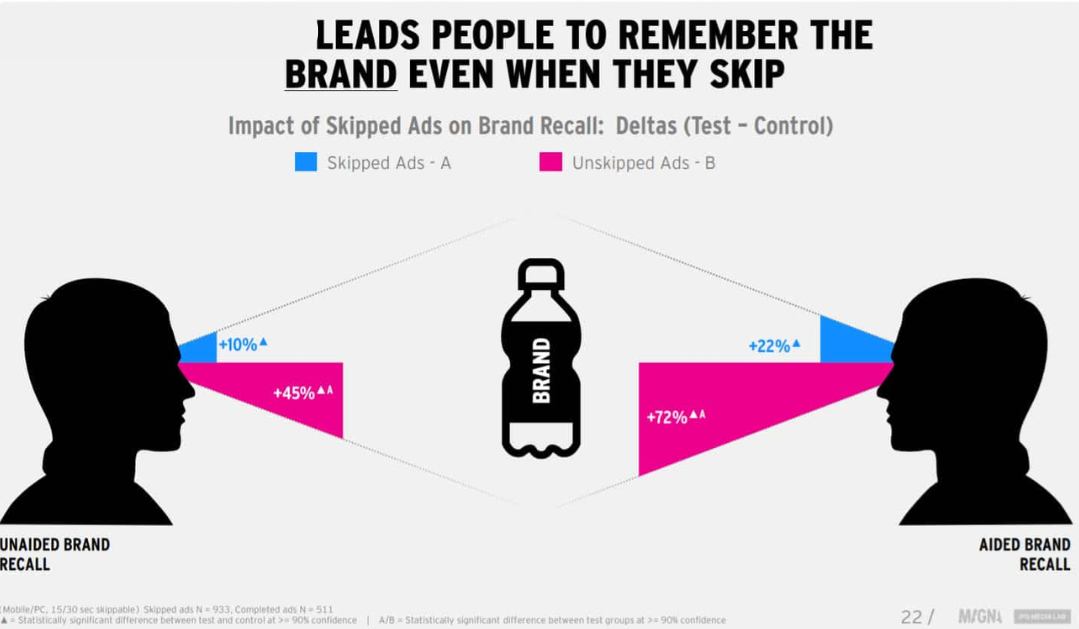
Geico, the leading auto insurance provider, has effectively used both skippable and non-skippable pre-roll ads on YouTube. Their "Unskippable" campaign cleverly played with the format of non-skippable ads, creating humorous 15-second spots that acknowledged their unskippable nature. Each ad in the series began with a seemingly complete scene and the Geico logo, followed by the phrase, "You can't skip this Geico ad because it's already over." However, the characters in the ad would then remain frozen in place while an awkward or humorous situation unfolded in the background.
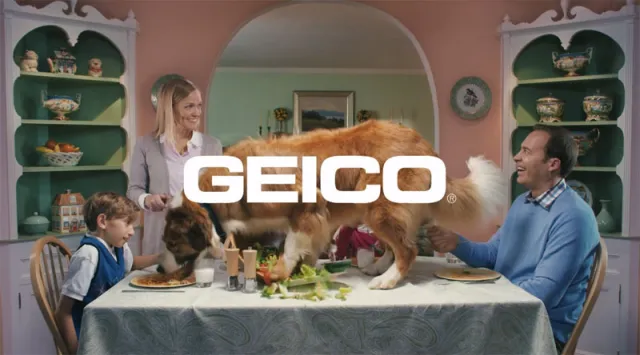
Interactive pre-roll ads
Interactive pre-roll ads engage viewers by allowing them to interact with the ad content. They include clickable elements, quizzes, games, or other interactive features that encourage active participation rather than passive viewership.
Honda's "The Other Side" Interactive Pre-Roll started as a typical ad showcasing the Honda Civic. However, viewers could press and hold the "R" key on their keyboard to instantly switch to a more exciting version of the ad featuring the high-performance Civic Type R.
The ad's two versions ran in parallel, allowing viewers to switch back and forth between them at will. This created two parallel storylines—one showing a "regular" day and another an "exciting" day. The interactivity feature encouraged viewers to engage with the ad rather than skip it to see how the parallel stories unfolded.
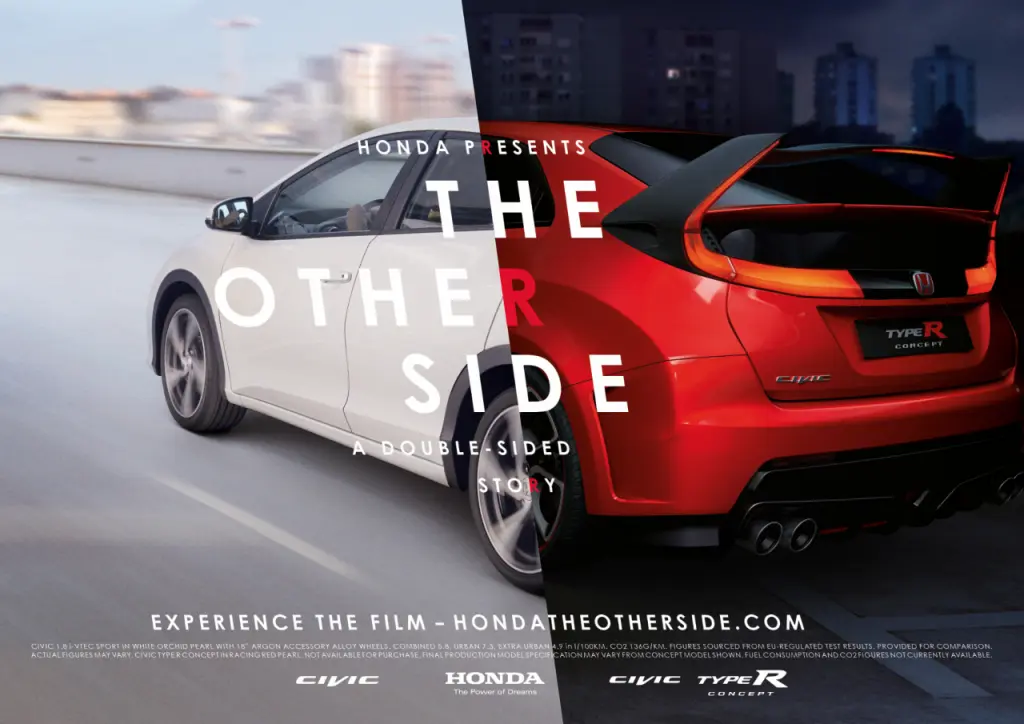
Interactive pre-rolls are no longer as popular. This is because most YouTube viewing now happens on mobile devices, where complex interactions are more challenging. Additionally, direct "Shop Now" or "Learn More" buttons have proven more effective than complex interactive features.
Personalized pre-roll ads
Personalized pre-roll ads use data about the viewer to tailor the ad content, making it more relevant and engaging. This can include factors like location, browsing history, or demographic information.
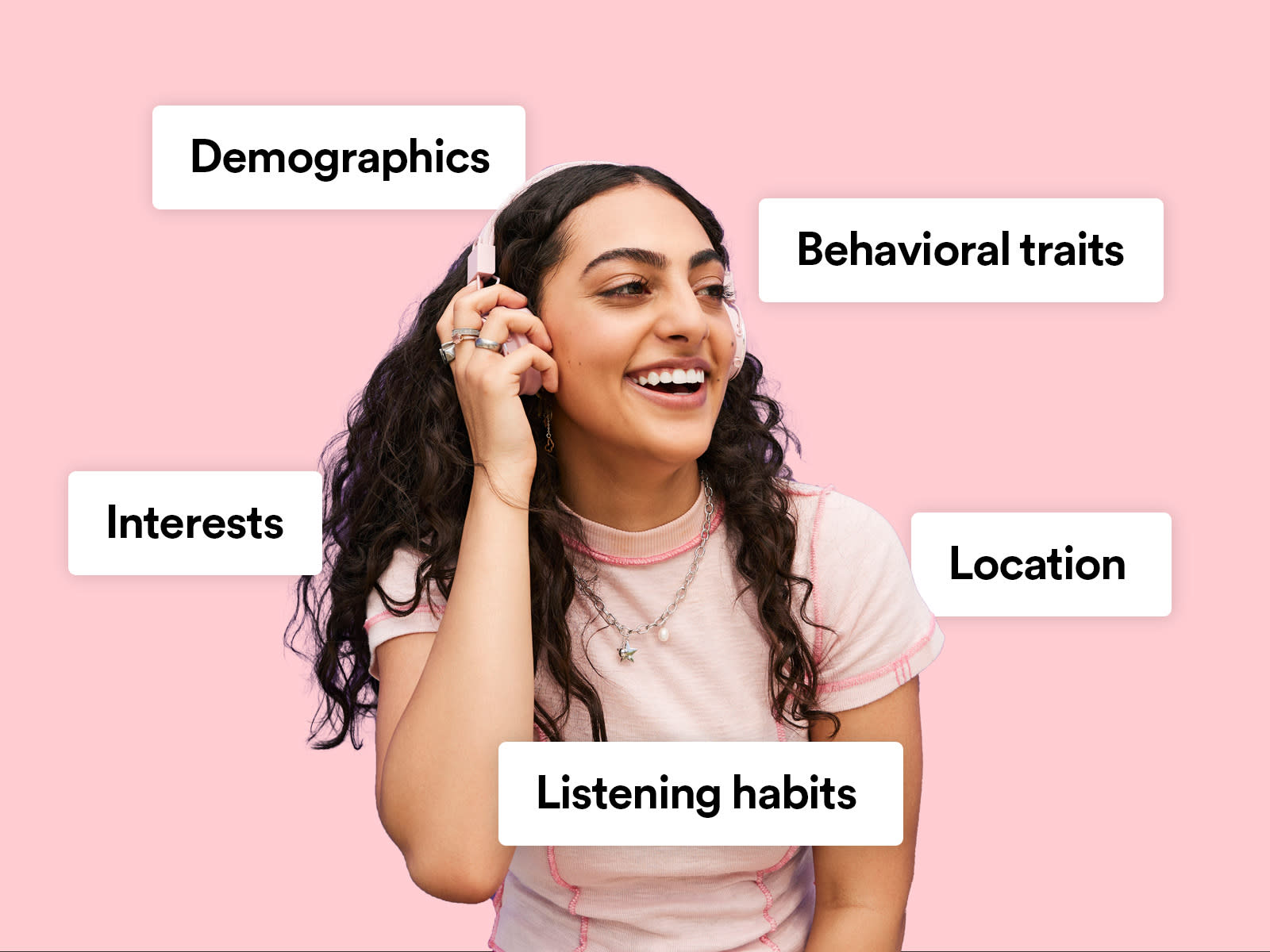
Spotify uses personalized pre-roll ads in its free tier. The streaming service serves ads based on users' listening habits and playlists. For example, if you often play workout playlists on weekday mornings, you might hear: "Ready to crush your morning workout? Try FitGym's new HIIT class! The first session is free for Spotify users. We're just down the street. Book now and start your day strong!"
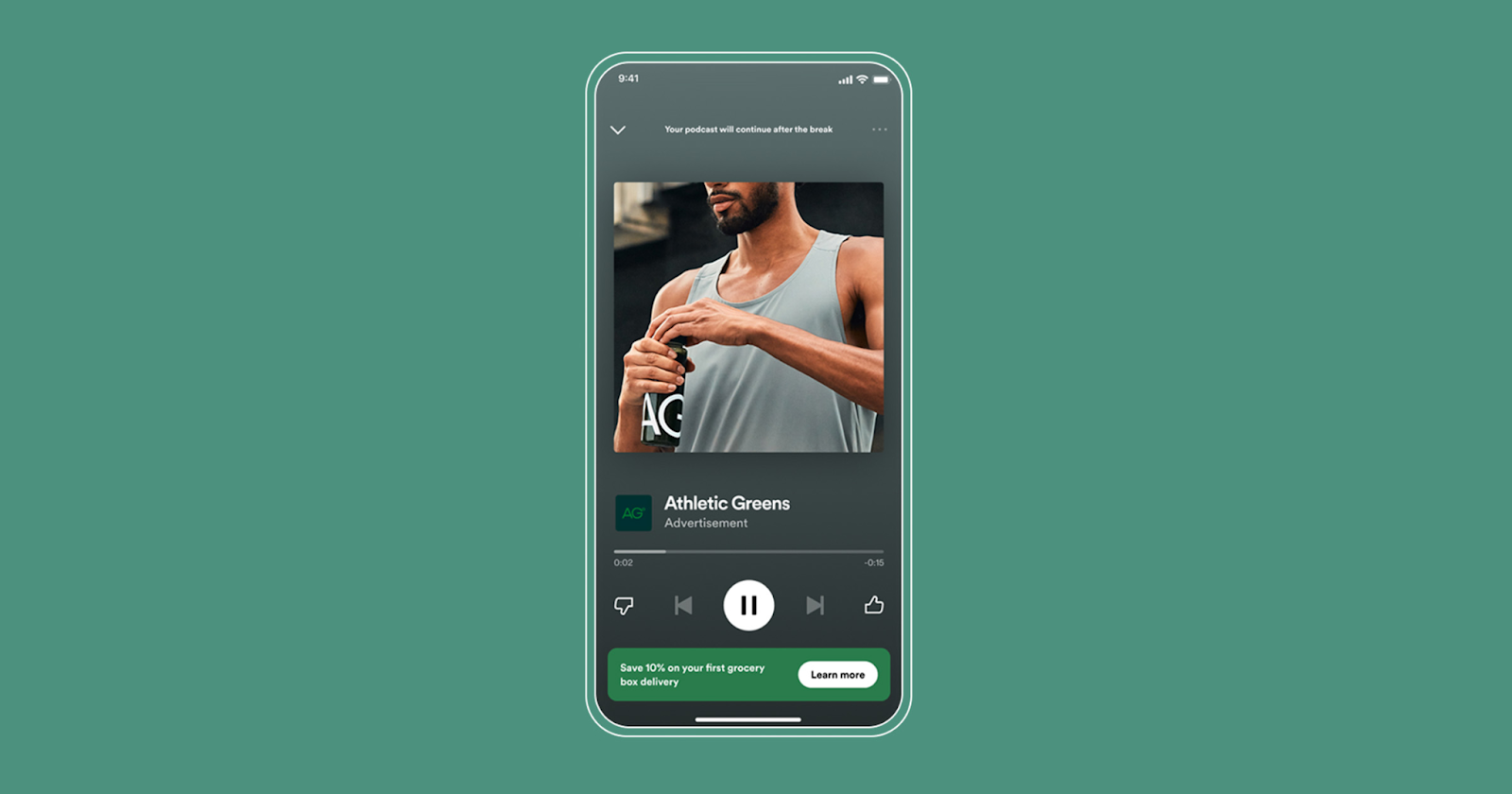
Shoppable pre-roll ads
Shoppable pre-roll ads allow viewers to make purchases directly from the ad itself. These ads typically include clickable product links or integrated purchasing options, streamlining the path from ad viewing to conversion.
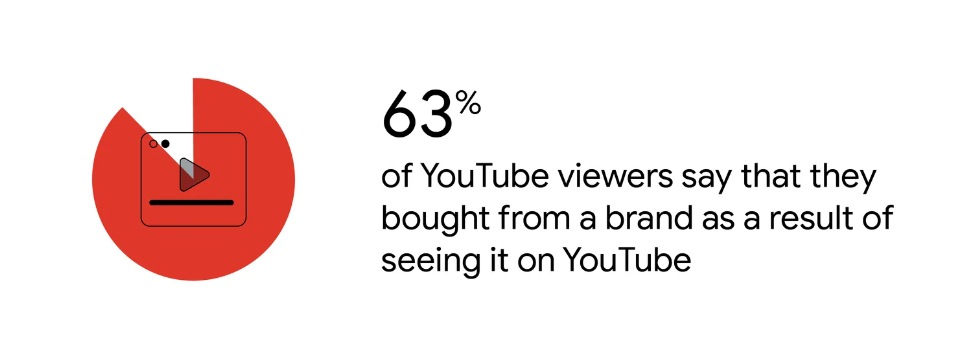
For instance, Amazon has experimented with shoppable video ads that allow viewers to add products to their cart directly from the ad. A fashion brand like ASOS could use shoppable pre-roll ads to showcase new collections and enable instant purchases of featured items.
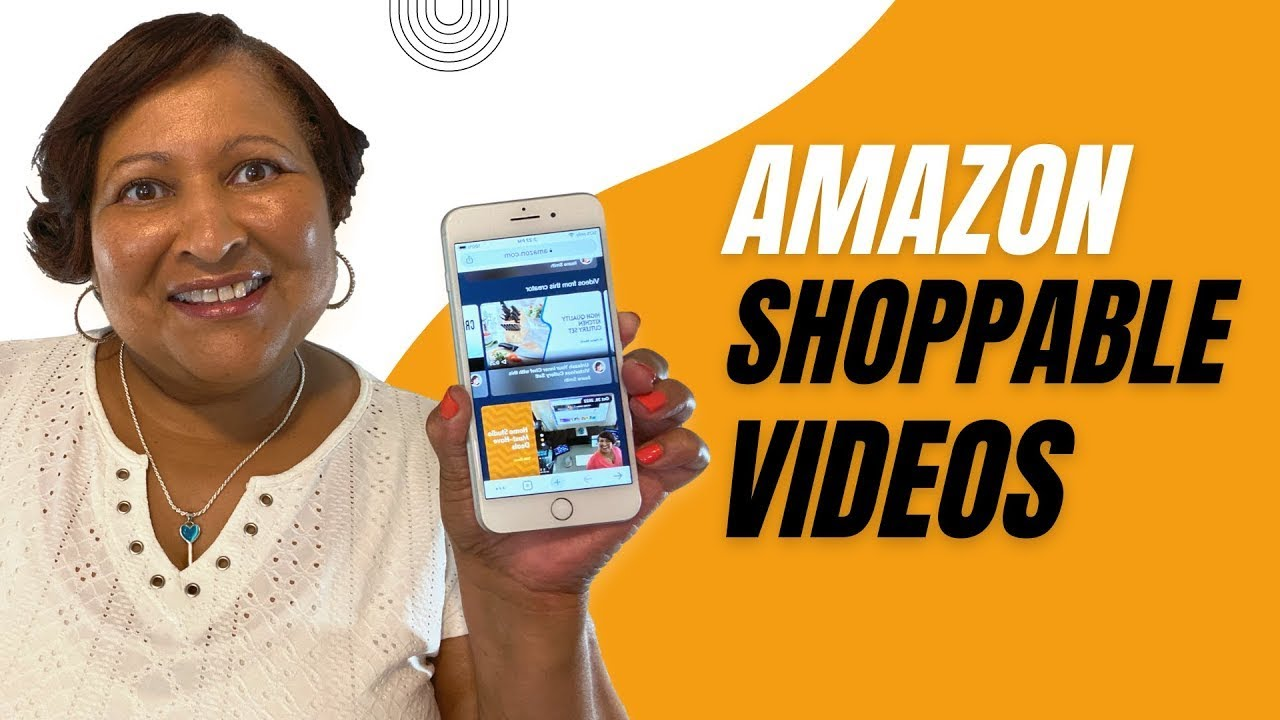
Pre-roll tactics: Twitch vs YouTube
Let's look at how Twitch and YouTube play the ad game differently, and why it matters.
Pre-roll ads on Twitch
On Twitch, you'll typically see a pre-roll ad when you first jump into a stream. These can be anywhere from 30 seconds to a few minutes long.
Twitch has fewer targeting options than YouTube—they mostly focus on your location and some broad interests. The thing is, these ads can be a bit disruptive. Imagine tuning in to catch a live moment, only to be hit with an ad. It's not great for keeping viewers around, especially for smaller streamers. Twitch has tried to help by letting streamers run mid-roll ads instead of pre-rolls.
For advertisers, Twitch offers access to a young, engaged audience, which is great. But because everything's live, the effectiveness can be hit or miss. Streamers do make money from these ads, but they have to be careful not to drive viewers away.
Pre-roll ads on YouTube
YouTube does things a bit differently. They've got both skippable and non-skippable pre-rolls. The non-skippable ones are usually 6 to 20 seconds, while the skippable ones can be longer. YouTube's big advantage is its connection to Google Ads, which lets advertisers get really specific with targeting.
YouTube Ads tend to get more engagement because they're often more relevant to the viewer, and you can skip a lot of them. Content creators on YouTube also have a pretty solid deal when it comes to sharing ad revenue.

Twitch vs YouTube: Who wins?
Twitch is all about live streaming, so timing the pre-rolls is tricky. YouTube has both live and on-demand stuff, so they can be more flexible with where they put ads.
Generally, people seem to tolerate YouTube's ads a bit better, especially the skippable ones. But let's be real—both platforms have to deal with people using ad blockers, especially tech-savvy viewers.
While both platforms use pre-roll ads well, YouTube has an advantage. Their system is more polished, and they've got a mix of content types. But Twitch has its strengths, particularly in reaching those live, engaged audiences, even if their pre-roll setup can be a bit of a challenge.
Best practices for creating effective pre-roll ads
Let's talk about creating pre-roll ads that really work. Remember, a great pre-roll ad is part art, part science. It takes a mix of creativity and data to get it just right.
- Hook 'em fast: You've got seconds to grab attention. Think of it like fishing—you need the right bait. Viewers often have the option to skip ads, so use humor, surprise, or emotion to stand out and prevent viewers from clicking away.
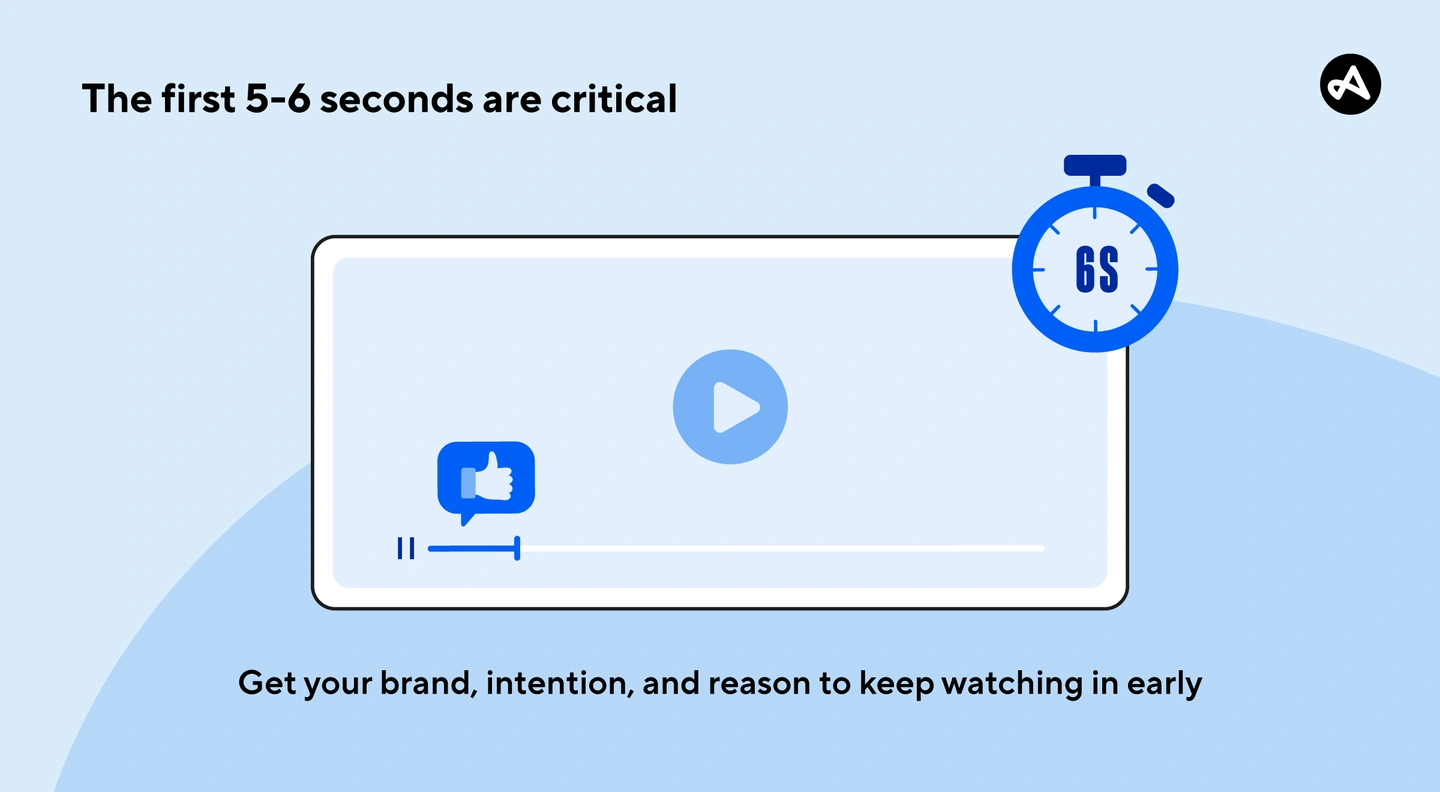
- Keep your message crystal clear: Communicate your key point quickly and clearly. Then, tell people exactly what you want them to do next. Visit your website? Download an app? Make it so clear that even your grandma would know what to do.
- Think small screen: Most folks are watching on their phones these days. So, design with that tiny screen in mind: big, easy-to-read text, simple visuals. Make sure your video works without sound (no one wants to be caught watching videos during a boring meeting at work).
- A/B test for improvement: Here's a secret—even the pros don't always get it right the first time. That's why testing is crucial. Create a few versions of your ad, try them out on different groups, and see what works best. Then, do it all over again.
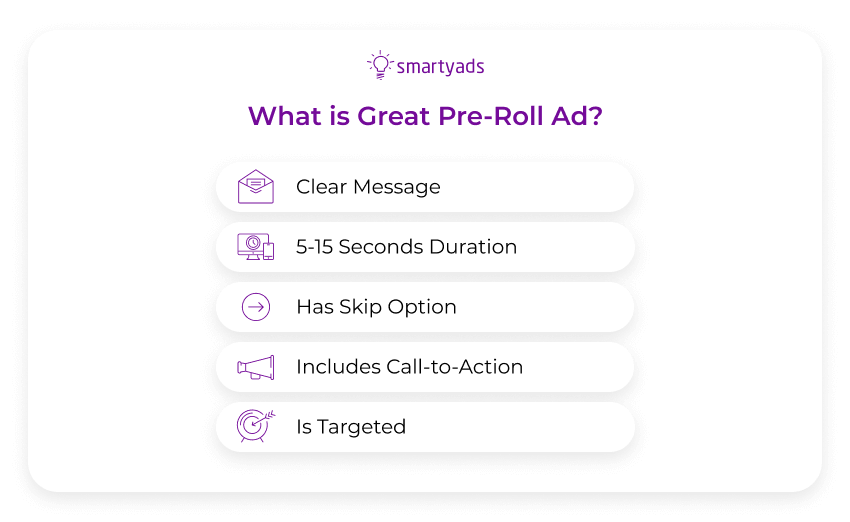
How to measure pre-roll ad performance
When you're on top of the right metrics and using solid analytics tools, you're in a great position to understand how well your ads are doing. More importantly, it empowers you to make smart choices to improve your campaigns.
Key ad performance metrics
Let's look at some key metrics you'll want to keep an eye on:
View-through rate (VTR)
This tells you how many people watch your ad. It's a good indicator of whether your content hits the mark with your audience. Aim for at least 70% here—it means your message is getting through.
Click-through rate (CTR)
This shows how many viewers are actually clicking on your ad to check out your website or landing page. If you're seeing higher numbers, that's a sign your ad is really resonating and driving action.
Conversion rate
This tracks how many viewers take that next step after watching your ad. Did they make a purchase? Sign up for your newsletter? These rates can vary quite a bit depending on what industry you're in and what your goals are, but the key is to keep improving over time.
Analytics tools for pre-roll ads
How do advertisers know if their pre-roll ads are working? That's where analytics tools come in. These smart platforms track everything from how long viewers watch to who's clicking through. They give marketers the full picture of what's working (and what isn't), and help them make smarter decisions about their video campaigns.
Google Analytics
A go-to for most marketers, Google Analytics integrates with your video hosting platform and lets you see what users do after they click on your ad. Google Analytics allows you to create custom UTM parameters for your video ads. This helps you track which specific video campaigns, sources, or ad placements are driving traffic to your website. You can also see how video ads work in conjunction with other marketing channels to drive conversions. This helps understand the full customer journey.
YouTube Analytics
If you're running ads on YouTube, their built-in analytics are really useful for measuring views, engagement, and how well you're keeping your audience's attention.
Take time to understand who's watching, what devices they're using, and when they're most active; it lets you fine-tune your content and target the right audiences.
As an advertiser, you can test video lengths and bidding strategies and compare different calls to action. You can also create lookalike audiences based on top performers and exclude underperforming placements or audiences. These tools can help you build stronger campaigns that get better returns on investment.
Third-party video analytics platforms
Tools like Vidyard or Wistia offer more advanced analytics if you're looking to dive deeper into your video performance across different platforms. Get insights into viewers' watch time, where they drop off, which parts they rewatch, and the devices and browsers they use. These tools also track how videos contribute to lead generation or sales.

Remember to set clear goals and KPIs that align with your broader marketing objectives—boosting brand awareness, lead generation, or driving direct sales. Whatever it is, make sure you're setting specific, measurable targets. For example, you might aim to hit a 75% view-through rate (VTR) in the first month of your campaign or to bump up your website traffic from pre-roll ads by 20% compared to last year.
By setting these clear benchmarks, you're giving yourself a real framework to track your progress and make informed decisions about how to improve your pre-roll ad performance.
The future of pre-roll ads
Looking forward, pre-roll ads are only going to get better with personalization and interactive features. As we all watch more videos online, these ads are sticking around. They're a great way for marketers to stand out in the crowded digital world.
If you're considering using pre-rolls to promote your brand, remember this: grab attention fast, know your audience, and use data to see what's working. Just don't overdo it—nobody likes too many ads.
Supercharge your marketing campaigns with Whop
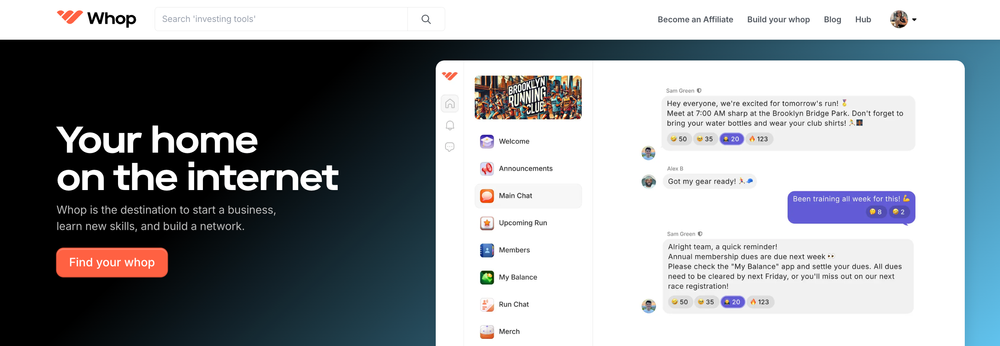
Pre-roll ads are but one part of an effective advertising campaign. It's hard to find quality information among all the chatter online today, but Whop can help you get ahead of the curve.
On Whop, you'll find communities of like-minded individuals, run by experts in advertising and ecommerce strategies. There are also courses, ebooks, and other resources for you to expand your marketing knowledge.
Join Whop and browse the marketplace for your ultimate learning space.
